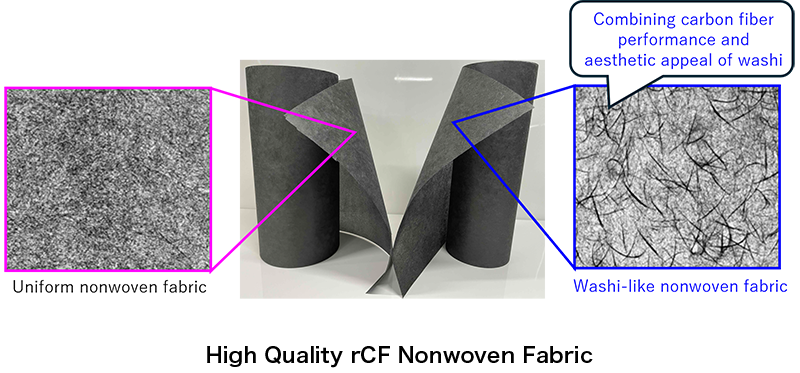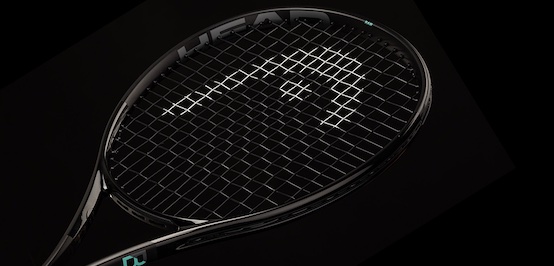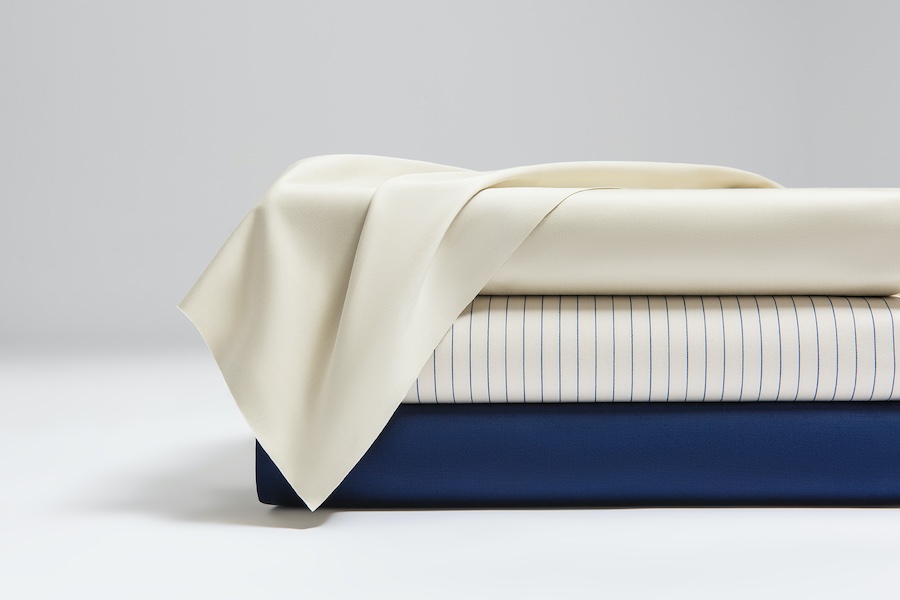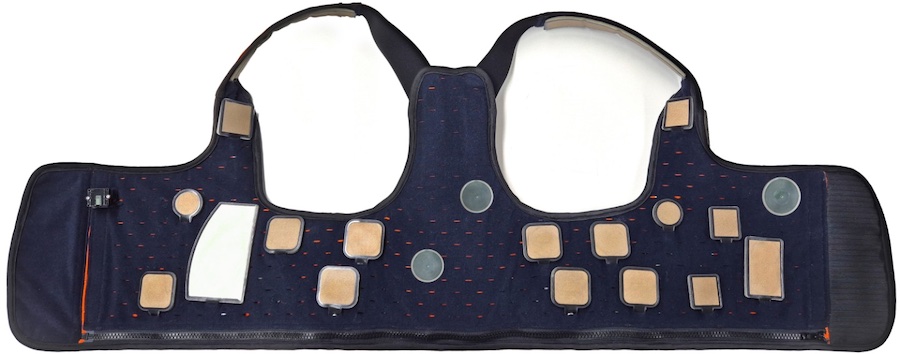#Recycling / Circular Economy
Toray develops recycling technology that retains carbon fiber strength and surface quality
- Promoting application development from carbon fiber nonwoven fabrics -
Toray has started providing prototype samples to customers with a view to them developing performance and decorative materials for diverse applications, such as automobiles, construction, electricals and electronics, and daily necessities. The company will push ahead with technical assessments matching customer needs.
CFRP applications include aircraft and wind turbines. Chemical recycling as a reducing agent in steel furnaces is gaining traction for recycling CFRP. Technologies are emerging pyrolyzing waste CFRP at high temperatures to recover and reuse fibers, with the market expanding particularly for injection molding applications. To broaden applications, there is a need for technology that can suppress thermal damage (see note 1) to recycled carbon fibers and control resin residue (note 2) and that can be applied to diverse types of waste CFRP.

Toray applied its accumulated expertise in organic synthesis and polymer polymerization to innovate a decomposition agent that breaks down degradation-resistant, three-dimensionally crosslinked (note 3) thermosetting resins at lower temperatures than conventional methods. The company used this agent to decompose CFRP waste from aircraft, wind turbines, automobiles, and other sources. The recycled carbon fiber from this process retains over 95% of the single-fiber tensile strength of petroleum-derived virgin carbon fiber. Toray expects carbon dioxide emissions from this technology to be less than half those from manufacturing virgin carbon fiber.
Recycled carbon fiber from this technology is stronger than conventional counterparts and minimizes fiber breakage in post-processing. Its low resin residue and excellent surface quality enables processing for more diverse applications. In particular, efforts to disperse short fibers and process them into sheet-form nonwoven fabrics have led to success. The recycled carbon fibers produced using this technology exhibits controllable water dispersibility, allowing for the fabrication of uniform nonwoven structures as well as those with distinctive texture reminiscent of washi (traditional Japanese paper). This fabric combines the functionality of carbon fiber, including radio frequency shielding and thermal conductivity, with the aesthetic appeal of washi. Toray aims to expand applications for this new material across many industries.

This innovative fabric features in the interior and exterior components of the concept car (vision model) that Mazda Motor Corporation will exhibit at the Japan Mobility Show at Tokyo Big Sight from October 30 through November 9.
Toray developed its recycling technology and carbon fiber nonwoven fabric processing technology as part of a fiscal 2024 through 2025 Ministry of the Environment program to promote establishment of decarbonized and circular economy.
One goal of the Toray Group Sustainability Vision for 2050 is to contribute to “a world where resources are sustainably managed.” The company will continue to progress with R&D to help create a circular society, in line with its corporate philosophy of “contributing to society through the creation of new value with innovative ideas, technologies and products.”
Notes
Thermal damage (degraded physical and chemical properties) occurs when exposing carbon fibers to high temperatures or oxidization during pyrolysis.
Residue refers to undecomposed or partially decomposed resin on carbon fiber surfaces during separation.
Three-dimensional cross-linking results from chemical or physical bonding between polymer chains.
Reference
Japan Mobility Show 2025
Organizer: Japan Automobile Manufacturers Association, Inc.
Dates: October 30 (Thu), through November 9 (Nov), 2025
Venue: Tokyo Big Sight
Website: https://www.japan-mobility-show.com/en/






canva-900-1.jpg)




